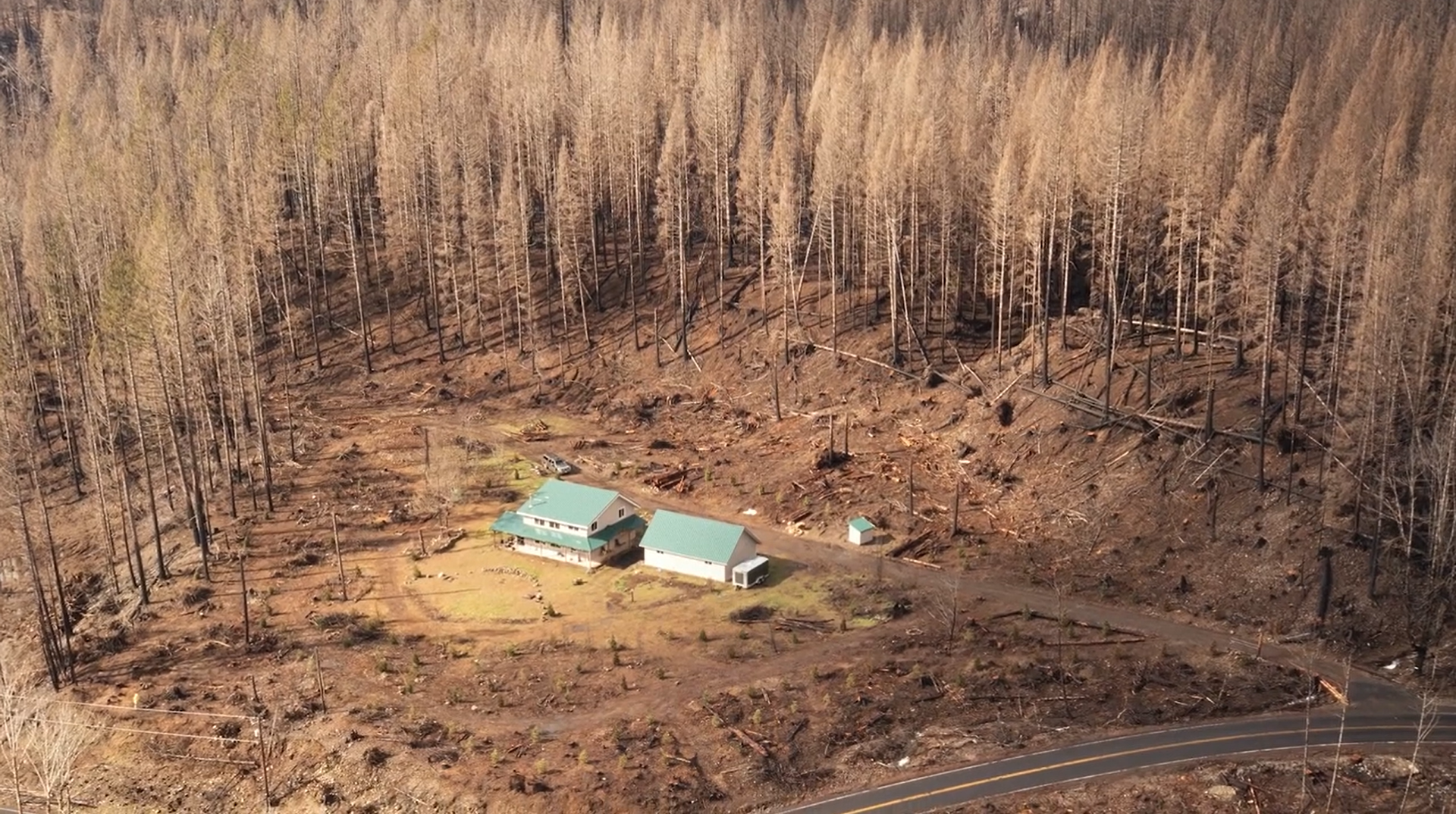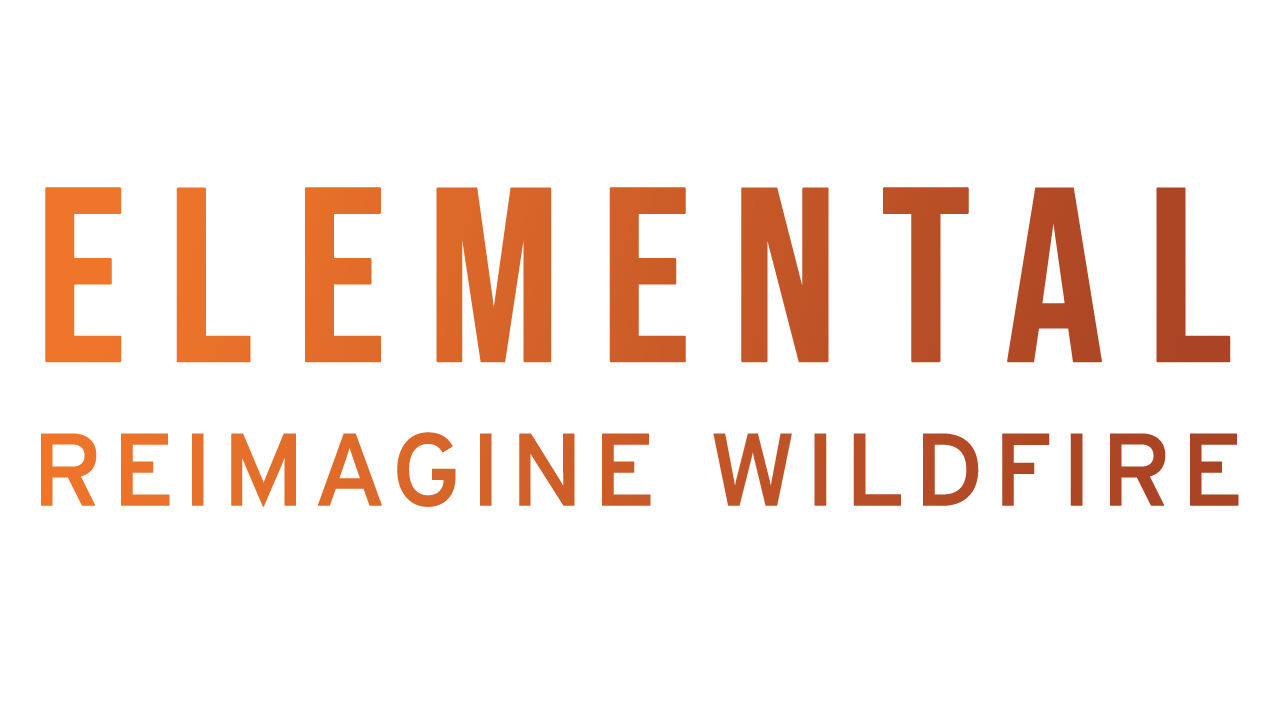
“I want to prepare my home,
what do I do?
After watching Elemental, people want to take action. They want to make sure their own home is prepared for fire, and ensure that their entire community is safe. And they want the support and expertise to make it happen.
You can start preparing your home for wildfire on your next free weekend, and focus first on moving vegetation more than five feet from the home, removing flammable shrubs and bark mulch away, and changing the mesh screens on your vents to resist embers.
Costs vary for retrofitting an existing home to be wildfire-resistant - so get started on the lower cost items and then move on to others.
90% of homes are ignited by embers, not a wall of flame. Removing flammable material from your house five feet out and your ability to prevent embers from entering your crawl, attics are dominant element in preventing your home from igniting in a fast moving fire.

“You don’t have to live in a concrete ammo bunker to live with wildfire.”
— Dr. Jack Cohen
“While extreme wildfires will evade control and inevitably spread to communities, wildland urban fire disasters are not inevitable.”
Extensive experiments and research has quantified “local ignition conditions” to be an area of a home and its immediate surroundings within 100 feet. What happens in this relatively small area determines whether homes ignite or not during extreme wildfires. This research identities fire destruction as a home ignition problem that can be prevented by readily addressing home ignition vulnerabilities within this area. While we will continue to need suppression and fire fighting resources and there may be reasons for forest restoration actions to protect forest values, homes can be protected without controlling wildfires through suppression or vegetation management over larger areas.



